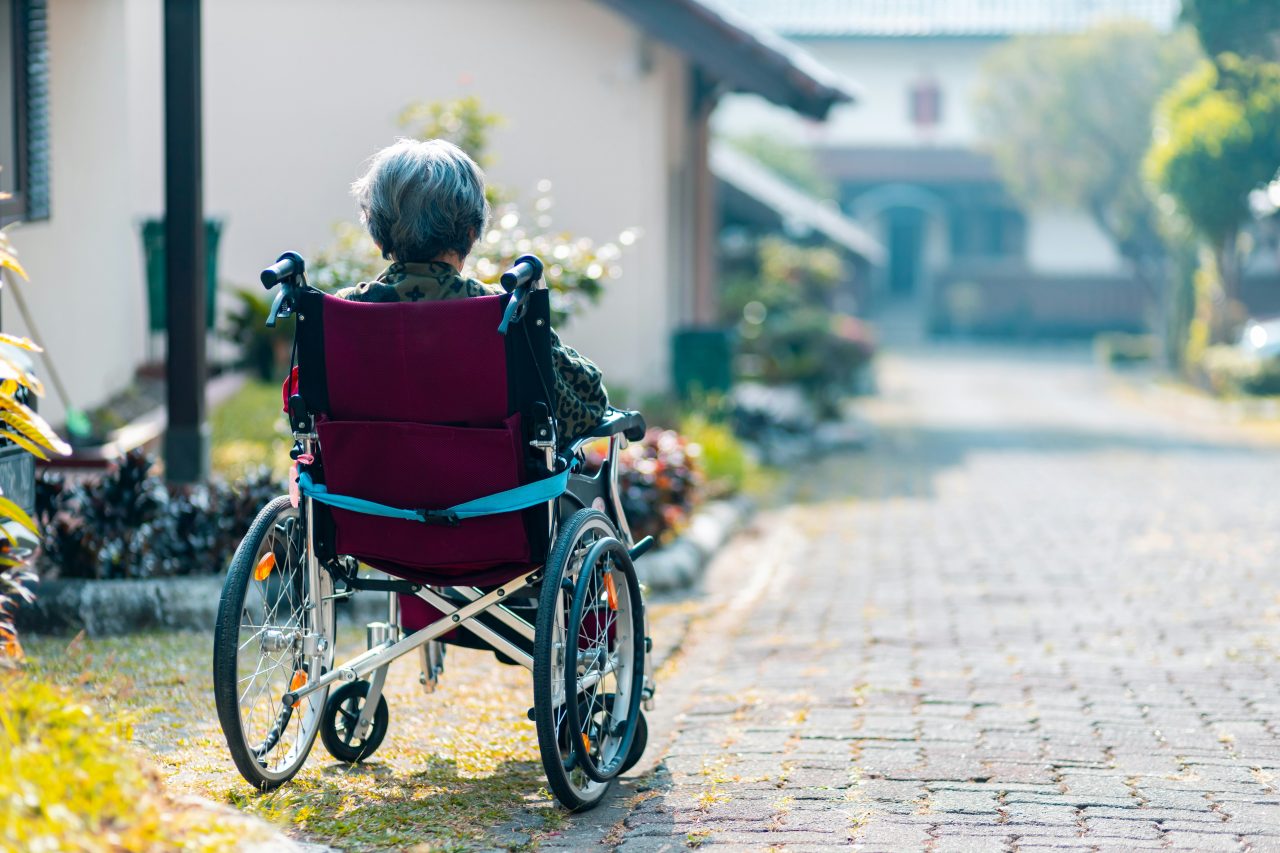Creating a home that welcomes everyone, regardless of mobility, is both a practical and heartfelt choice. Imagine a world where your home offers freedom and ease to all who live there, including elderly family members and friends who may rely on mobility aids. This guide aims to help families and caregivers make thoughtful adjustments to their homes, ensuring a more mobility-friendly environment.
Understanding the Need for Mobility-Friendly Homes
In today’s world, accessibility within the home is more important than ever. With an ageing population and a growing awareness of different mobility needs, creating a space that accommodates all abilities isn’t just considerate—it’s crucial. Whether you have elderly relatives visiting or living with you, or you’re planning for the future, making your home more accessible can significantly improve quality of life.
Creating a mobility-friendly home involves more than just adding equipment. It’s about crafting an environment that anticipates and meets various needs, offering safety and comfort. From widening doorways to installing ramps, the possibilities for transforming your space are vast. With the right approach, you can ensure that everyone feels welcome and secure in your home.
By assessing your current home setup, you can identify areas that require attention. Perhaps your front entrance has stairs that could benefit from a ramp, or your bathroom layout needs adjustment. Addressing these elements can make a substantial difference in daily life, facilitating smoother movement for those using wheelchairs or mobility scooters.
The Importance of Easy Access
When considering accessibility, the front entrance is often the first place to start. It sets the tone for the rest of the home, and ensuring it’s easy to access can significantly impact mobility. Many homes feature steps at the entrance, posing challenges for those with limited mobility. Installing a ramp is a straightforward solution that can ease this hurdle and enhance independence.
Another consideration is the width of your doorways. Standard door sizes may pose difficulties for wheelchair users, so widening them can be a practical solution. This change allows for seamless movement from room to room, ensuring that all areas of the house are accessible. Additionally, replacing standard door knobs with lever-style handles can provide ease of use for individuals with limited hand strength.
Beyond the physical structure, consider the lighting at your home’s entrance. Adequate lighting not only enhances visibility but also increases safety, especially for those with vision impairments. Sensor-activated lights can offer convenience and contribute to a welcoming entryway.
Creating a Safe Environment
Safety within the home is paramount, particularly for those with mobility challenges. Bathrooms, in particular, can be hazardous due to slippery floors and tight spaces. Installing grab bars near the toilet and in the shower provides essential support, reducing the risk of falls.
Non-slip mats are another simple yet effective addition to bathrooms. They offer extra grip, helping to prevent slips and falls. Consider placing these mats both inside and outside the shower area for maximum safety.
Beyond the bathroom, ensure that all cables and cords are neatly tucked away. Loose cables can easily become tripping hazards, so securing them along walls or under rugs is advisable. Keeping pathways clear of clutter and obstacles is another essential step in promoting a safe and accessible environment.
The Role of Mobility Aids
Mobility aids, such as wheelchairs and scooters, can greatly enhance independence for individuals with limited mobility. These devices offer freedom of movement both inside and outside the home, allowing users to engage in daily activities with ease.
When incorporating mobility aids into your home, it’s essential to consider storage and charging solutions. Ensure there’s ample space for storing scooters or wheelchairs when not in use, and provide easy access to power outlets for charging. This setup keeps mobility aids ready for use whenever needed, without causing inconvenience.
Another consideration is the flooring within your home. Smooth, even surfaces are preferable for those using mobility aids, as they facilitate easier movement. Consider replacing thick carpets with hardwood or laminate flooring to create a more navigable environment.
Home Modifications for Enhanced Mobility
For families looking to make substantial changes, several home modifications can significantly enhance mobility. Installing stairlifts is a popular option, enabling individuals to access upper floors safely and comfortably. Stairlifts can be tailored to fit various staircase designs, making them a versatile choice for many homes.
Another modification to consider is the installation of walk-in showers. These showers eliminate the need for stepping over a bathtub edge, providing easy access and reducing the risk of falls. Walk-in showers often feature hand-held shower heads and seating options, further enhancing accessibility and comfort.
Additionally, adjustable kitchen countertops and sinks can accommodate individuals using wheelchairs, allowing them to engage in meal preparation and other everyday tasks. These modifications promote independence and empower individuals to participate fully in daily activities.

Financial Considerations
While the benefits of creating a mobility-friendly home are clear, financial considerations often play a role in decision-making. It’s important to explore available resources and support options to make modifications more affordable.
Government grants and funding programs may be available to assist with the cost of accessibility improvements. Researching these options and applying for assistance can alleviate some of the financial pressures associated with home modifications.
Additionally, consider reaching out to local organisations and charities that specialise in supporting individuals with mobility challenges. These organisations may offer guidance, resources, and even financial assistance to help ease the burden.
Planning for the Future
Creating a mobility-friendly home is a proactive step towards planning for the future. By making changes now, families can ensure that their home remains functional and comfortable for years to come, accommodating changing needs and circumstances.
Incorporating universal design principles is one way to future-proof your home. These principles focus on creating environments that are accessible to all, regardless of age or ability. By prioritising versatility and inclusivity, you can create a space that meets the needs of your family both now and in the future.
Consider consulting with professionals, such as occupational therapists and accessibility specialists, to gain insights and recommendations for your home. Their expertise can guide your decision-making, ensuring that modifications align with your long-term goals.
Encouraging Independence
Ultimately, the goal of creating a mobility-friendly home is to encourage independence and autonomy for all its inhabitants. By removing barriers and facilitating ease of movement, you empower individuals to engage fully in daily activities and enjoy a higher quality of life.
Promoting independence involves more than just physical modifications; it also requires a mindset shift. Encourage individuals to participate in decision-making processes and express their preferences and needs. By involving them in the design and implementation of accessibility changes, you foster a sense of ownership and agency.
Celebrating achievements, no matter how small, reinforces a positive outlook and motivates continued engagement. Whether it’s successfully navigating a new ramp or mastering the use of a mobility aid, recognising progress and milestones builds confidence and resilience.
Conclusion
Creating a mobility-friendly home is an investment in comfort, safety, and well-being for all its inhabitants. By making thoughtful modifications and fostering an inclusive environment, you can ensure that your home is welcoming and accessible. Whether you’re incorporating mobility aids, modifying physical spaces, or enhancing communication and engagement, every step you take contributes to a more inclusive and empowering home.









No Comments